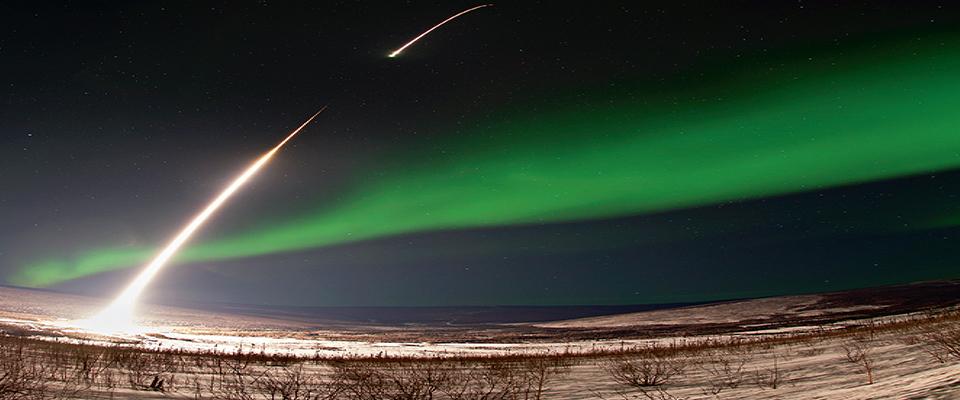Thirty years after Neil Armstrong’s 1969 walk on the moon, NASA launched a spacecraft called Stardust beyond the lunar orbit to collect comet fragments and space dust. Last January, seven years into its first-of-a-kind $200 million mission, Stardust returned the goods safely to the Utah desert. Now, Berkeley scientists are enlisting the help of volunteer amateurs to start puzzling out what it all might mean.
Through the Stardust@home project, which launched online August 1, anyone with an Internet connection can help physicist Andrew Westphal and his team at the Berkeley Space Sciences Lab hunt for minuscule bits of matter from other solar systems thought to be embedded in Stardust’s payload.
It takes no scientific credentials to join in this lofty work from one’s living room; all that’s required is an interest in the nature of our existence and the possibility that life exists somewhere else.
“There are other people out there, intelligent people, but the problem is that there’s only one civilization like that in every one million galaxies,” posits retired industrial plant worker Fred Gray of Hampton, South Carolina. “So we’ll never get to talk to them. It’s too far away, too far off.”
Gray is willing to do what he can to help the scientists who seek answers to these universal questions. He’s one of nearly 15,000 volunteers from around the world who have taken an online tutorial and passed a microscope skills test to become an official Stardust@home space dust seeker.
During its mission, Stardust extended panels of aerogel — a silicon-based gel so porous it is 99.8 percent empty space—into our solar system’s interstellar dust stream, which contains particulate matter from other solar systems. It also collected dust grains from the tail of a comet; these were quick and easy to find because some particles could be seen with the naked eye. But some stardust is so tiny that 100 of the particles side by side are only about the thickness of a human hair. The search is tedious and time consuming — hence the need for volunteers to speed the search through millions of magnified aerogel images for evidence of tiny particle entry trails.
Stardust@home volunteers log on to use the virtual microscope to scan these images. Searchers who think they’ve found a trail freeze the image and submit it for review by the Stardust@home team. The first person to find a particle will be listed as co-author on the paper announcing the discovery, and have the honor of naming the bit of dust. That inspires volunteers such as Gray to spend hours online poring over the aerogel images, earning points for the quantity and quality of their search work. “It’s like a game to me. I love it,” he says.
Westphal says it’ll take months to examine all the images and confirm discovery of the first grain or grains. Once the particles are found, extracting them from the aerogel will be the next challenge, and only then can the real, exciting studies begin. Researchers at Berkeley and other labs around the world will compare the dust to matter from our own solar system. They hope what they find will shed new light on the origins of our world—and possibly the existence of our unknown neighbors.


















